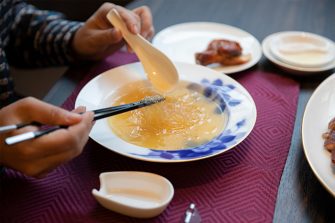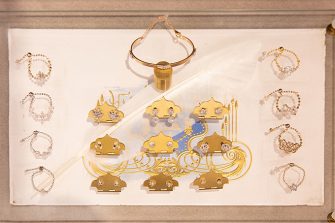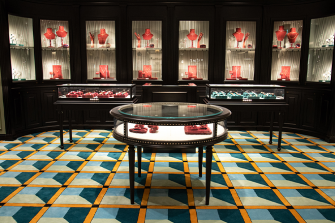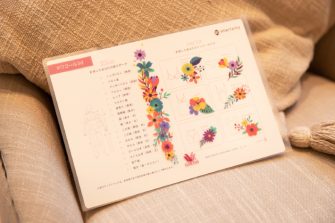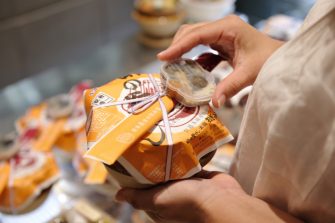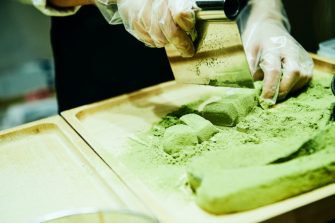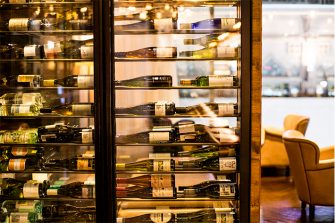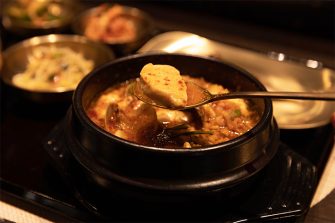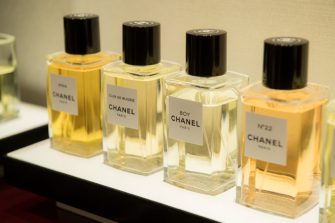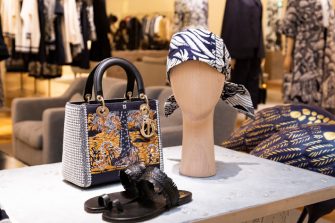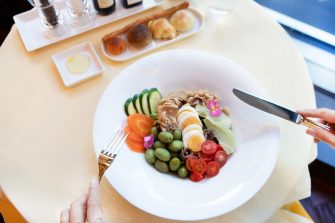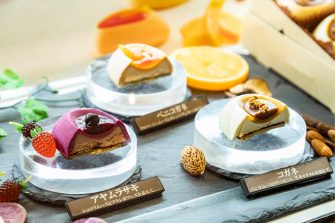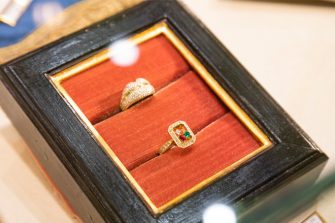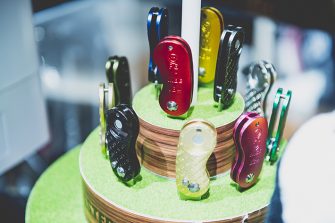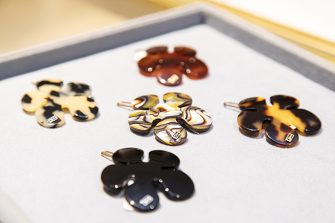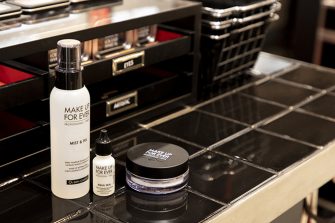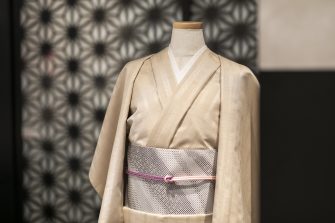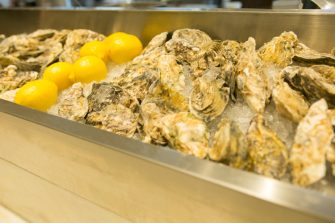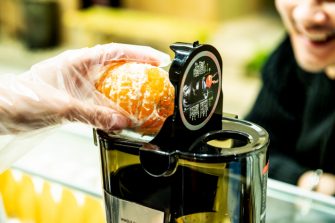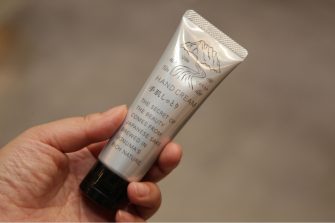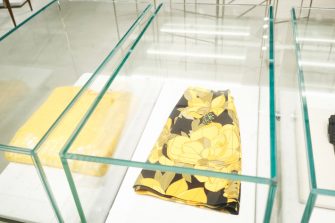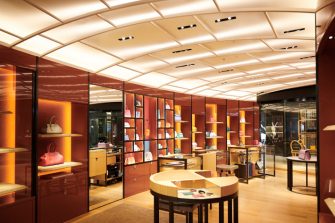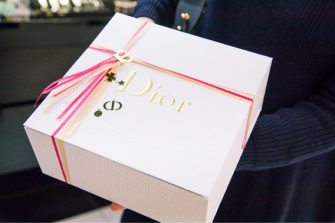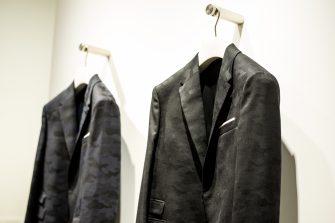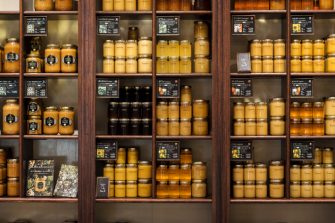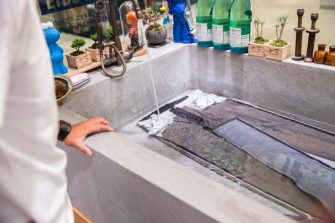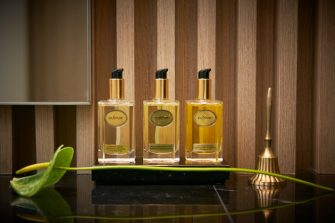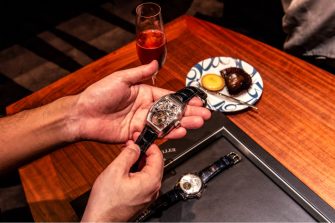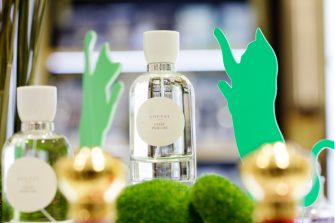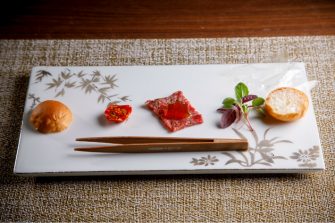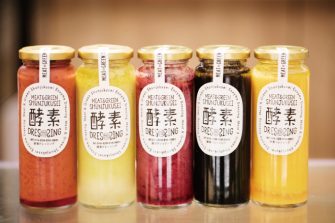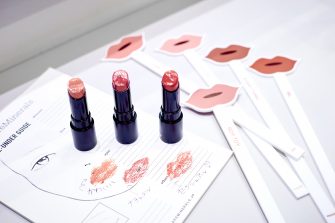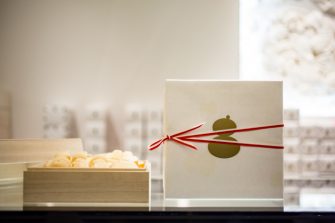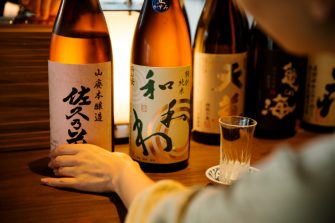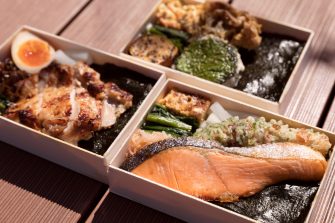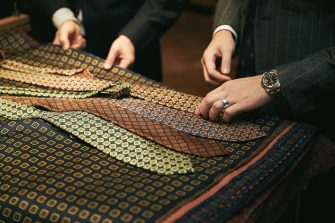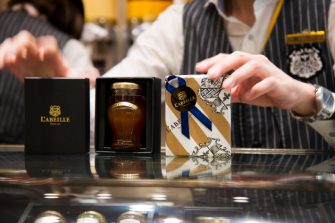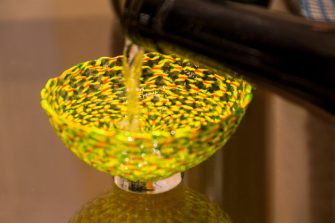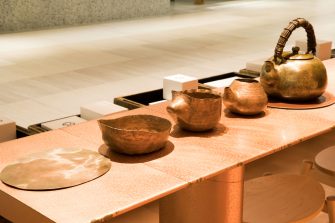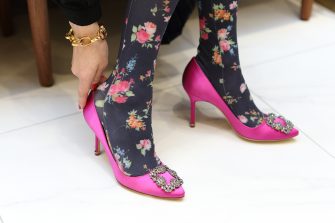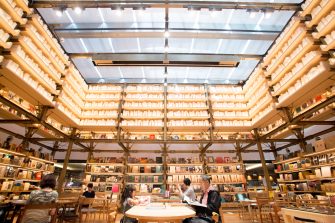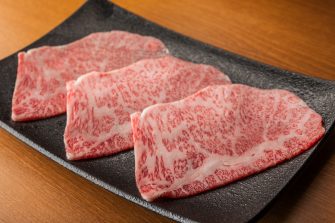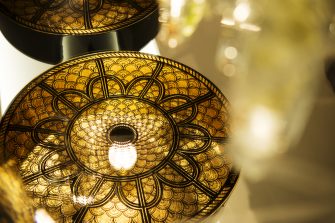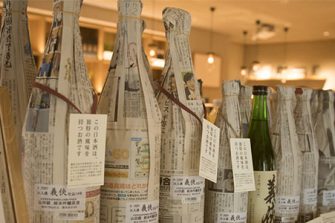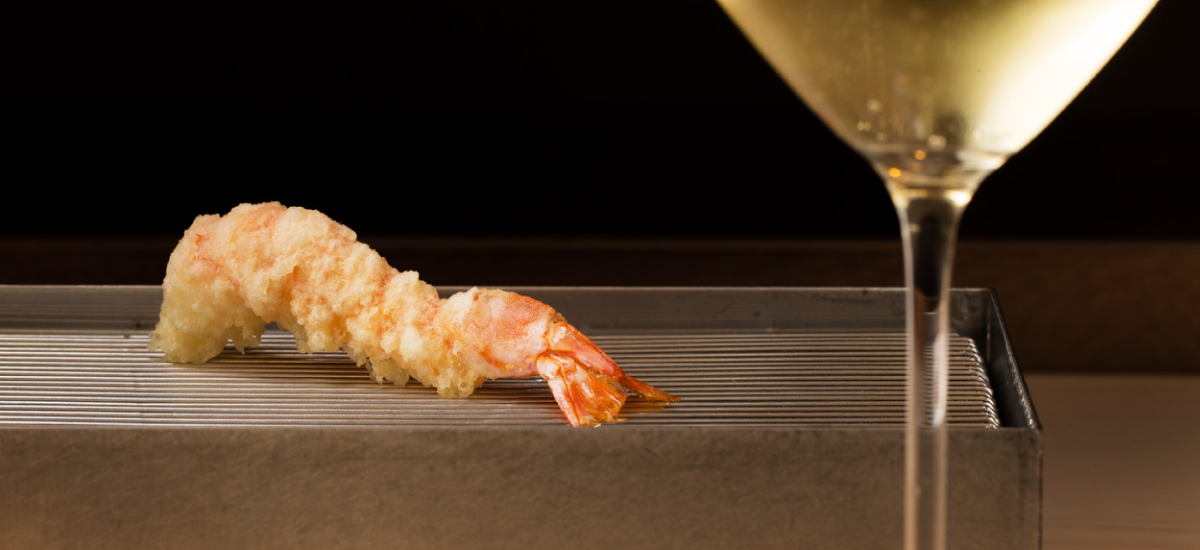

GINZA SIX EDITORS
时尚、珠宝&手表、生活方式、美容、食品…
精通各种类型的个性丰富的编辑们,在GINZA SIX上闲逛
记述走路发现的乐趣。
逞强的银座,真实使用的银座。这两个都在这里。 The Inspiring Ginza, The Accessible Ginza: They’re Both Here
日紫喜康一郎
GINZA SIX EDITORS Vol.20(Food)
大学毕业后,最先进入公司的是名为“主妇友社”的中坚出版社。总之,对于想成为编辑的我来说,虽然公司总算是潜入其中的公司,但最初被分配到的是面向女大学生的女性时尚杂志《Ray》。
什么都是第一次,容量不好的我总是被骂。当时的主编看不下去,某天白天邀请我的是从主妇友社步行5分钟左右的“山上面宾馆”。“天妇罗山上”的午餐,那很好吃。对于没有学生情绪的我来说,这可能是第一次的“精细比赛”。
从那之后过了17年,得到了这次的故事。“在《GINZA SIX》中的餐厅里,能给我一些评论吗?”等等。最先想到的就是,这里的“天妇罗山上银座”。
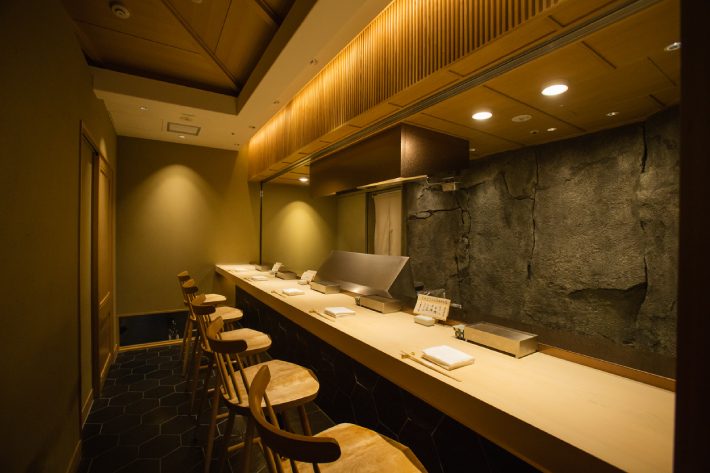
通过的是白木柜台美丽的单间。使用费是1室2万日元(以下全部不含税价格),虽然不便宜,但是可以容纳6个人,独占天妇罗工匠的空间,值得体验一次。
不管是否有回应,期待感也会高涨。这次的炸手是寺冈厨师长。
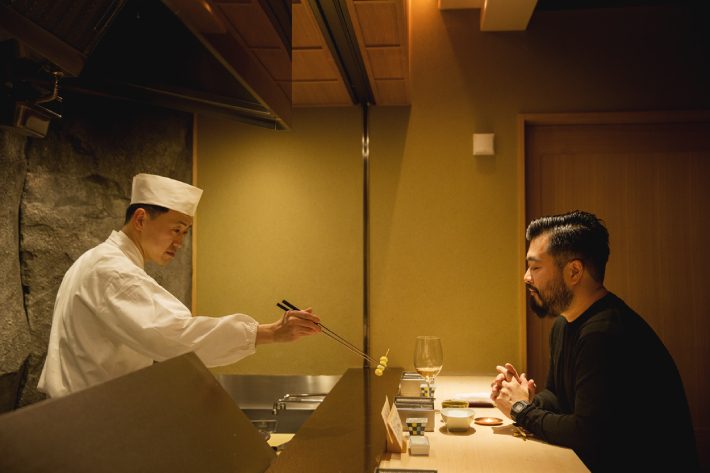
“今天就交给我了”
将自己的一切委托给寺冈先生。
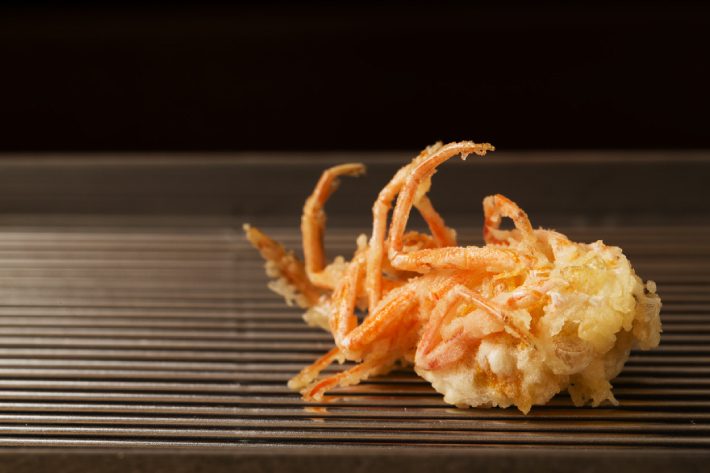
首先是车虾的头。用焙煎的浅芝麻油咔嚓一声炸好的,味道甘甜。
车虾在假死状态下让他睡几个小时,就会有甜味。
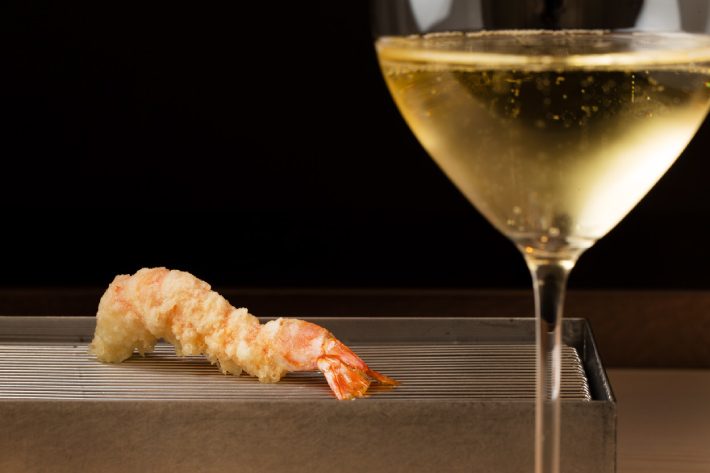
配合的是香槟酒。寺冈先生选择的是“帕斯卡德克”品牌品牌。
今年,我也去香槟地区采访过,特别是对“和食与香槟酒的Mariage”感兴趣的我,惊叹于其合得来。好几次都很抱歉,虾很甜。感觉很甜。虽然我也喜欢长大的虾,但是感觉这么甜的虾也很难扔掉。
在某个采访中,我曾听说过“天妇罗是蒸制”。在衣服里蒸食材。我再次明白了这一点。
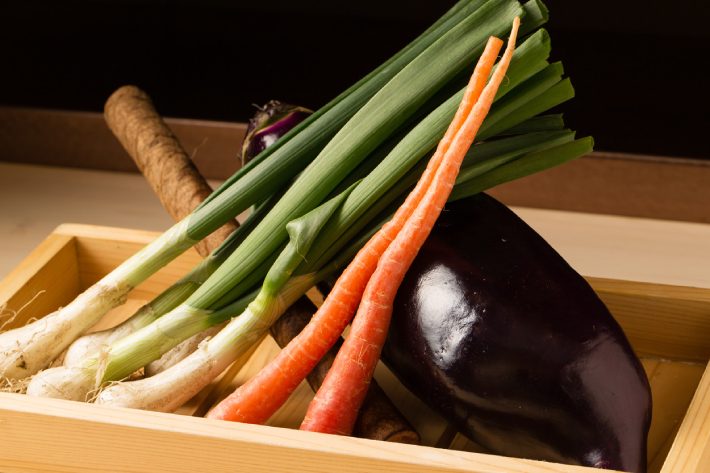

还有,蔬菜。早熟的胡萝卜又细又长。人参根据部位的不同味道也不同,所以可以一次性食用。
“山上”出身的“天妇罗近藤”的胡萝卜也是第一次吃的时候很感动,但是这个京人参和视觉效果一起体验了新的饮食。用柴炉煮海水,在粒子上蘸上出现了不整齐的盐吃的话,甜味也会扩散到嘴里。
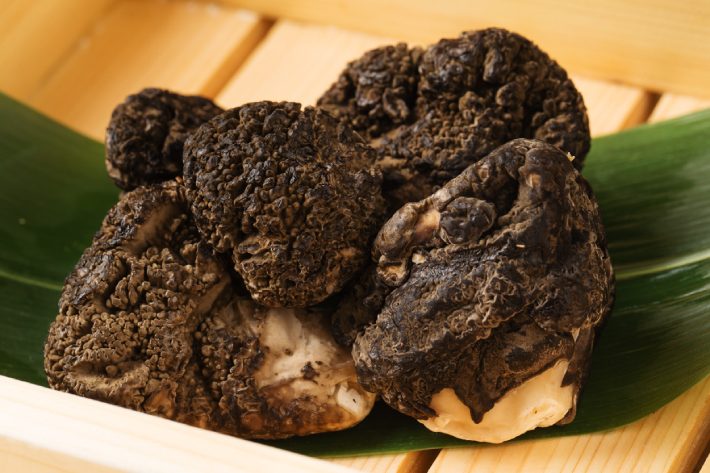

这是黑舞茸的芽。据说这是只有银座店才能吃到的绝品。这是寺冈先生的精心制作的绝食材料。器皿也是为了享受这种香味而特别订购的。像布尔戈涅玻璃一样,靠近鼻子的话舞茸特有的香味就会扩散开来。玩心,还有可靠的工匠手臂。让坐在柜台上的人入迷的原因就在那里吧。

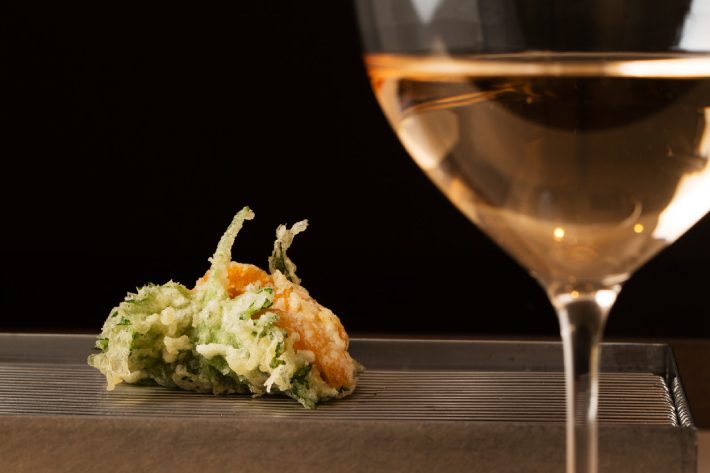
还有海胆。“我想跳进这个海胆的贝特”是同事的编辑者的辩解,可是如此吧。筑地有许多与寿司店相处的食材。和大叶一起慢慢炸的海胆天妇罗是罗兹葡萄酒。除了“至福”这个词之外,我都想不起来了。
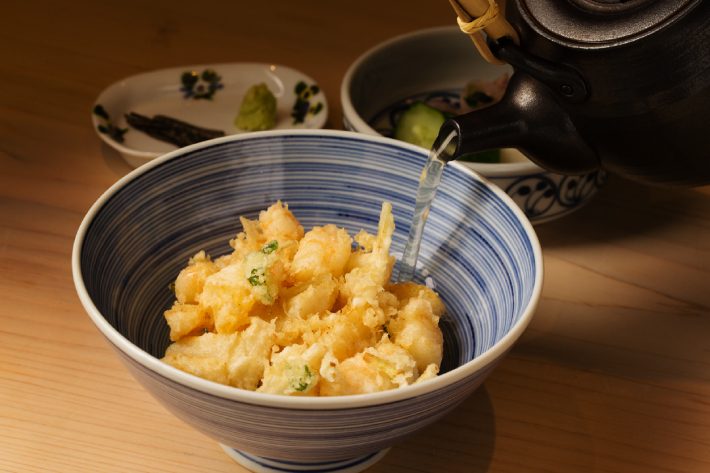
最后,在我的天妇罗店,可以说是最后的规定。米饭上放上炸牡蛎,然后用汤汁沏好的煎茶吃。
吃饱了,但是不痛苦。“还能去吗?”正是高级天妇罗店的饭后感觉吧。
和寺冈先生打了招呼,离开了店。虽然有些冒昧,但还是感觉到我和“山上”的缘分。
另一方面,东京的街道每天都在发展,银座一强的时代早就结束了。“上了年纪就行了”“门槛好像很高”,我41岁了,但是我们这一代人总觉得离银座越来越远。
但是,能够从银座酿造出的“特别感”中移开视线吗?如果没有“特别”,日常生活反而会变成日常生活。
如果银座没有魅力的话,在东京生活不是很无聊吗?找的话,不是有年轻一代也能真实使用的银座吗?
于是,前几天发售的东京日历2月号就制作了。标题就是“我们这一代人的银座”。
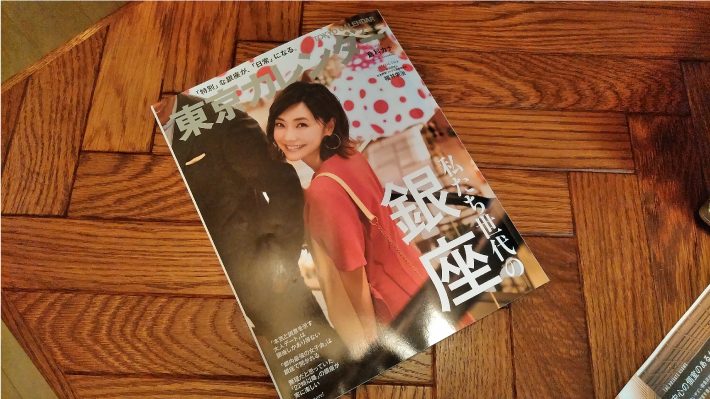
封面是在“GINZA SIX”的自动扶梯上拍摄的。这种氛围才是我们这一代人银座的象征。
然后,在对银座进行调查的时候,发现了这次介绍的“Salt烤架&Taas bar by Luke Mangan”。
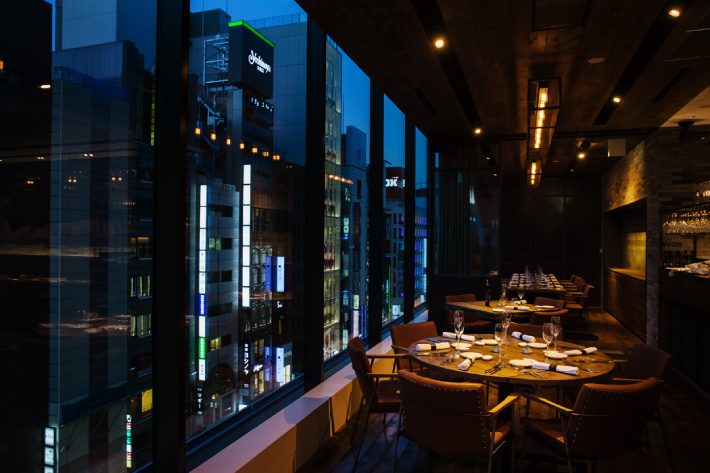
面向中央路的桌子是特等席。对面的“菲拉格鸭”的霓虹灯耀眼。
这里是摩登澳大利亚料理的第一人卢克・锰亲手制作的餐厅。澳大利亚是食材的宝库。而且因为是移民的国家,各种各样的料理被混合,展开着独特的饮食世界。也就是说,在这里可以得到。
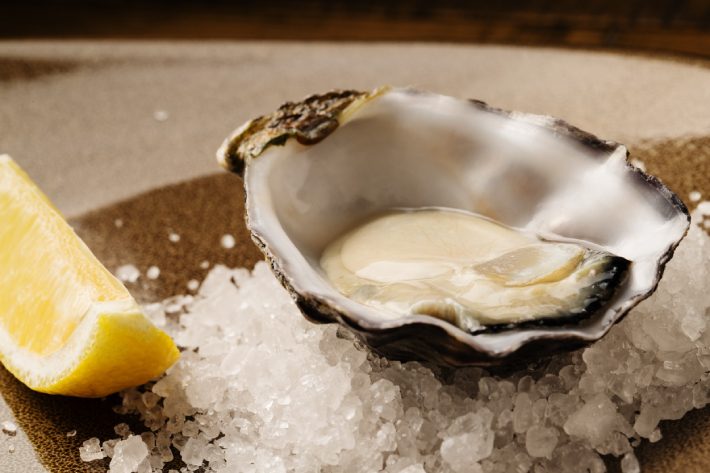
首先从新鲜的蚝开始。简单地榨柠檬。肉厚且美味浓缩,与白葡萄酒很搭。

这是在米饭炸肉饼上加上鳄梨酱汁的“蘑菇炸鸡块”。
生牡蛎和米饭可乐饼都是600日元。这里有这样的塔巴马,能够爽快地喝酒是重点。平日的晚上,比起在不擅长的居酒屋管子,更便宜,更时尚地喝酒。如果是入口附近的柜台的话,一个人吃饭也可以吧。正是这种节奏才是“我们这一代人的银座”。

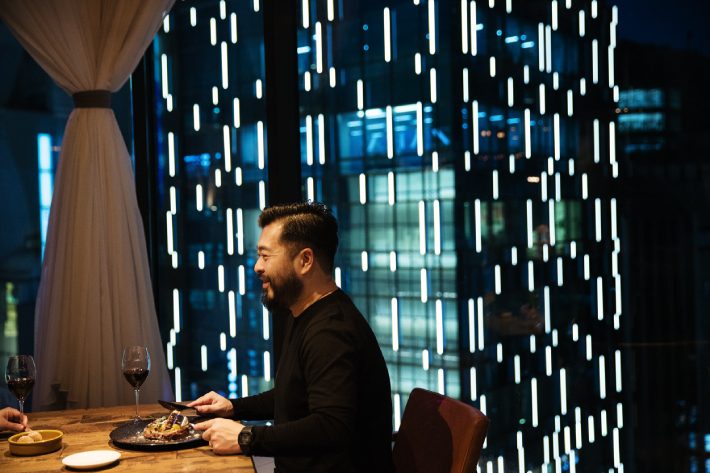
而且主要选择的是“巴巴什锦牛肉的肋骨眼烤架”。一听到欧吉牛肉,对其品质抱有疑问是以前的事。现在相当好吃。这里的“巴巴菲德牛肉”是只吃牧草成长的玻璃法。是只吃营养价值高的牧草长大的牛。
味道的感想,用一句话概括就是“看起来很健康”。只是,没有干巴巴巴的地方,多汁的美味也十分充足。但是很轻。
说起古银座的牛排,恐怕是加入了沙丁鱼的豪华和牛,但这是相反的。贴近年轻一代的需求。
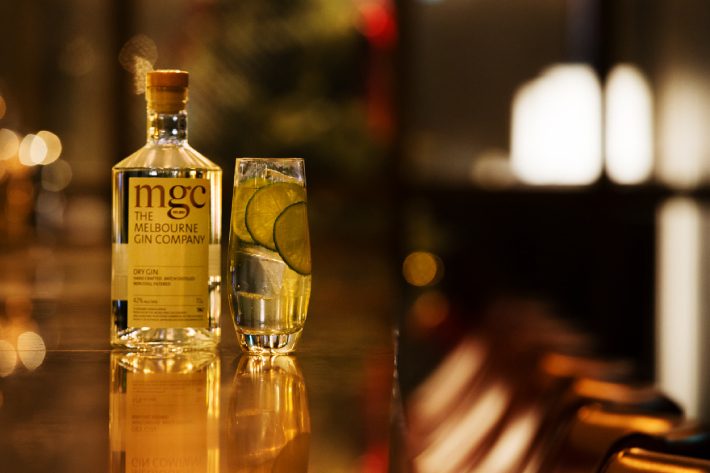
最后是用“MGC(墨尔本津公司)”制作的杜松子酒。牛皮士和牛皮士啤酒也能感受到当今时代的风气。
现在这一代的银座是大一代大人最精力充沛的30多岁时制作的。那么,我们这一代人的银座就是“从现在开始”。虽然有特别感,但是有适合我们的银座。这样的银座,30年后将成为年轻人的憧憬吧。然后,我们说“建造这个银座的是我们”。
采访了“Salt烤&Taas bar by Luke Mangan”,再次强烈了这种心情。
Text:Koichiro Hishiki Photo:Kazuhiro Fukumoto Edit:Yuka Okada
The first company I worked for after college was SHUFUNOTOMO, a medium-size publishing house. I wanted to be an editor. Somehow, I got my foot in the door, but I was assigned at first to Ray, a women’s fashion magazine targeting college students.
It was all new to me. I’m not the world’s fastest learner, so people were constantly upset with me. The editor-in-chief at the time was unable to remain on the sidelines, so I was invited one day to lunch. We went to the Hilltop Hotel, a five-minute walk from the SHUFUNOTOMO offices. The lunch at Yamanoue, the hotel’s tempura restaurant, was revelatory. I was still living like a college student, so, that, perhaps, was my first ever fine-dining experience.
Seventeen years later, I received the following inquiry: I was asked to recommend a few restaurants at GINZA SIX. I immediately thought of Tempura Yamanoue Ginza.

Today, visiting this Yamanoue spin-off at GINZA SIX, I found myself led to a private room with a beautiful, unadorned wood counter. The room fee is 20,000 yen (all prices given are before tax). This isn’t inexpensive, but the space seats six and gives diners exclusive access to a highly skilled tempura chef. It’s worth experiencing at least once.
Today’s tempura is prepared by Chef Teraoka. The anticipation is palpable.

“Today, I ask that you leave everything to me,” says Chef Teraoka. So that’s exactly what I do.

The first dish is a kuruma prawn head. The kuruma prawns have been set aside for several hours in a state of suspended animation, a process that brings out the sweetness. Deep-fried in lightly roasted sesame oil, they’re crisp, pleasingly aromatic, and sweet.

The prawns are paired with a champagne. For me, Chef Teraoka selects the Pascal Doquet Blanc de Blancs.
Apropos of this choice of wine, I visited the Champagne region of France just this year to do some research. I happen to be especially interested in the pairing of champagne with Japanese cuisine. I found the affinity in this case was especially impressive. To repeat, the prawns are sweet, remarkably so. I like chewy prawns as well, but prawns this sweet are a delight.
Once, while doing research for another article, I overheard someone describe tempura as a steamed dish: The food is steamed inside the batter, an interesting concept I feel I’ve come to understand anew today.


Next up is vegetables. The early-harvest Kyoto carrots are long and thin. Carrot flavor varies from tip to end. Here, you experience the entire gamut in a single sitting.
When I first had the carrots at Tempura Kondo, another spin-off from Yamanoue, I was duly impressed. But these Kyoto carrots served here at Ginza, in both taste and appearance, represent a new culinary experience. Sprinkled with irregularly sized grains of salt made by seawater boiled in a wood-burning kiln, they fill your mouth with sweetness.


These are kuromaitake mushroom buds, a rarity available only at the Ginza restaurant obtained painstakingly by Chef Teraoka. The bowl itself is a special-order item designed to concentrate aroma. In much the same way a burgundy glass accentuates a wine’s nose, this vessel ceremoniously presents the distinctive mushroom aroma. A sense of whimsy and the chef’s sure hand—perhaps it’s this that mesmerizes patrons at the counter.


Next is sea urchin. “I want to dive into this sea urchin’s bed,” is what the editor who’s with me says, and I wholeheartedly agree. I can imagine the pitched battles at Tsukiji Market as sushi establishments seek to get a hold of these sea urchins. Sea urchin tempura carefully deep-fried with shiso leaves, paired with rosé wine—ambrosial is the word that comes to mind.

Finally, I go with tencha, my old standby for a closing dish at tempura restaurants. The rice is topped with kakiage and covered with a sencha green tea brewed in dashi soup stock.
I’m full, but not overly so, as if I could have a bit more. That feels just right for a high-end tempura establishment.
I thank Chef Teraoka and exit the restaurant. Perhaps it’s presumptuous to think so, but in this moment, I feel a special connection to Yamanoue.
With each of Tokyo’s districts continuing to evolve daily, I sometimes get the sense that the days of a Ginza at the very pinnacle of things are in the distant past. Beyond this, I can’t help feeling that my own generation—I’m 41—has gradually drifted away from Ginza: Ginza is something for when you get older, or it’s unapproachable, or something.
But do we lose anything if we turn away from the distinctiveness so artfully cultivated at Ginza? Without distinctiveness, the everyday ceases to be everyday.
If Ginza loses its appeal entirely, wouldn’t life in Tokyo lose a significant part of its charm? If one goes looking, is there a Ginza that’s accessible to the younger generation?
Based on the belief that there is, I created the February edition of Tokyo Calendar, published recently with the title “Our Generation’s Ginza.”

I took the cover photo on the escalators at GINZA SIX. The atmosphere itself, I thought, symbolized the Ginza of our generation.
In exploring various Ginza locations, I discovered the restaurant I’m going to tell you about now, Salt grill & tapas bar by Luke Mangan.

The tables facing Chuo-dori offer the best seats in the house, and the bright neon of the Ferragamo store across the way creates a very Ginza vibe.
The restaurant is overseen by Luke Mangan, a star of modern Australian cuisine. Australia is a treasure trove for ingredients. It’s also a nation of immigrants. Various cuisines have fused and created a unique culinary culture, of which this restaurant presents a taste.

The first dish is fresh oysters with lemon wedges. They’re meaty and full of flavor, and they go well with the white wine.

This is the Mushroom Arancini Goddess Dressing, which consists of rice croquettes with avocado sauce.
The oysters and rice croquettes are both 600 yen. The restaurant features many tapas-style dishes like this that go well with casual drinks. On a weekend night, rather than grousing over drinks at a low-end izakaya-style bar, you can have drinks here, inexpensively and in style. There’s a counter near the entrance, so drinking alone works as well. That seems to me very much in the spirit of Our Generation’s Ginza.


For a main dish, I chose the pasture-fed beef rib-eye grill. Potential doubts about quality when you hear Aussie beef is a thing of the past; this is remarkable. Pasture-fed beef represents another stage in the evolution of grass-fed beef; the cattle are raised on an exclusive diet of nutrient-packed grass.
The flavor, in a word, appears to strike a healthful balance. The meat is free of any dry patches. It’s juicy and flavorful, without being heavy.
With a traditional Ginza steak, one thinks of premium, marbled Japanese wagyu. This is the polar opposite, something closer to the preferences of today’s younger generation.

To close, I have a gin and tonic made with MGC (Melbourne Gin Company). The craft gins and craft beers also suggest the mood of our times.
The Ginza of the current generation was created by a preceding generation of individuals in their 30s, at the height of their powers. The effort to build our generation’s Ginza has just started. There’s a Ginza that retains the Ginza distinction but works well for us, and it’s something that will inspire a generation of young people 30 years from now. And we’ll be able to say we helped create it.
My experience at Salt grill & tapas bar by Luke Mangan reinforces this perspective.
Text:Koichiro Hishiki Photo:Kazuhiro Fukumoto Edit:Yuka Okada
日紫喜康一郎
《东京日历》主编。1976年出生。庆应义塾大学毕业后,在主妇友社“Ray”编辑部积累了经验后,进入了主妇和生活社“LEON”编辑部。2013年开始转会以饮食为中心的生活方式杂志《东京日历》,2017年开始担任主编。


